Apple iPad Pro M1 11-Inch review: Compact power in need of a smarter OS
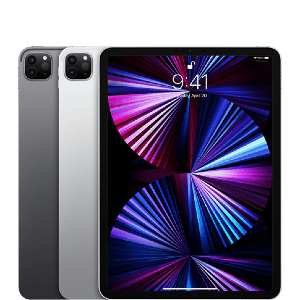
Summary
Quick verdict: Apple’s smaller iPad Pro doesn’t quite get the screen goodies that its larger sibling enjoys, but it’s still an incredibly powerful business tablet if you can cram your workflow into the limits of iPadOS.
- M1 gives it more power than it knows what to do with
- Smaller size makes it easier to carry than the 12.9 inch model
- 5G capable
- No mini LED display options
- iPadOS isn’t as flexible as MacOS
- Single connection port is limiting for a “pro” device
Apple made some big and bold decisions for its 2021 line-up of iPad Pro tablet devices. They would all feature the company's new "M1" Apple Silicon processors, putting them directly into company with – and contrast to – its M1 MacBook Air/Pro, Mac Mini and iMac lines. For a tablet series that was already substantially ahead of its competition, that was a move that almost feels like taunting at this stage. "Look at all this power" says Apple, and all its competitors can do is look back and weep.
Power is great, but you need something to do with that power, and that's where the Apple iPad Pro M1 isn't quite as impressive. That's especially true given that Apple saved the best display option for the pricier and larger Apple iPad Pro M1 12.9-inch model alone. That doesn't sink the Apple iPad Pro M1 11-inch, but it does make it even more of a niche product.
Design
Design
- Meet the new iPad Pro, same as the old iPad Pro
- Two simple colour choices
- Single Thunderbolt 3/USB 4 port
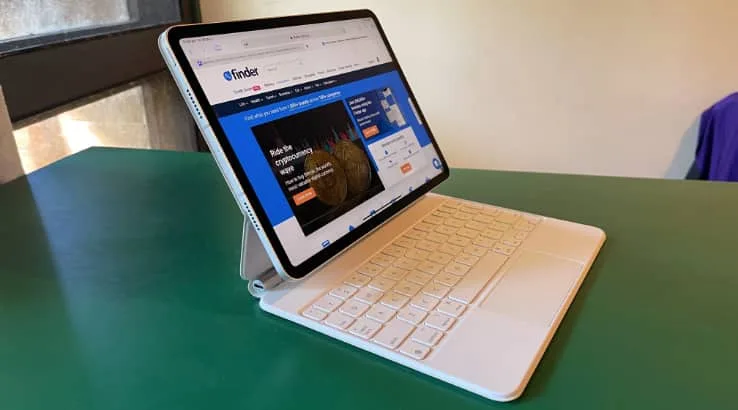
Put the Apple iPad Pro M1 11-inch next to its 2020 counterpart, and you might have trouble picking which was which. It's obviously still an 11-inch tablet, but the underlying design, colour choices, port and button placement and everything else is substantially identical to last year's model.
There's a prominent bezel that runs around the edges of the screen on every side, with standard volume buttons, power button and a single USB C connector at the base. That's seen a slight technology uptick in terms of it being Thunderbolt 3/USB 4 ready, but it's still one of those curious matters that Apple has a "pro" grade system that you only easily attach a single peripheral to at a time. If your Apple iPad Pro M1 11-inch needs power, you really can't do anything else with it in a peripheral sense.
The 12.9-inch Apple iPad Pro M1 is very clearly the "hero" product of the line, and that is made rather explicit by Apple's display choices for the 11-inch model. The 12.9-inch version features an array of mini LEDs that Apple refers to as the "Liquid Retina XDR" display. The Apple iPad Pro M1 11-inch simply has a "Liquid Retina" display. Before you panic, no, nothing's going to drip onto the floor when you unpack it; Apple just likes flowery marketing language.
At a practical level, what it means is that while the 12.9-inch model can claim some professional prestige for photographers and videographers thanks to its 2732x2048 pixel, 1,000,000:1 contrast ratio mini-LED display, the Apple iPad Pro M1 11-inch has a 2388x1668 pixel display with a more traditional backlit LED lighting solution. That leaves both models with the same effective pixels per inch count, so they're as sharp as each other, but the expanded contrast range of the 12.9-inch model will show up if you're working with or watching HDR material. The Liquid Retina display isn't garbage, but Apple pretty clearly wants you to know it can do better, and it would prefer if you spent more money to get it.
Camera
Camera
- Easier to use as a camera than the 12.9-inch model
- Tablets still aren't great photo tools
- Portrait mode is front-facing only
- Center Stage gives it great meeting potential
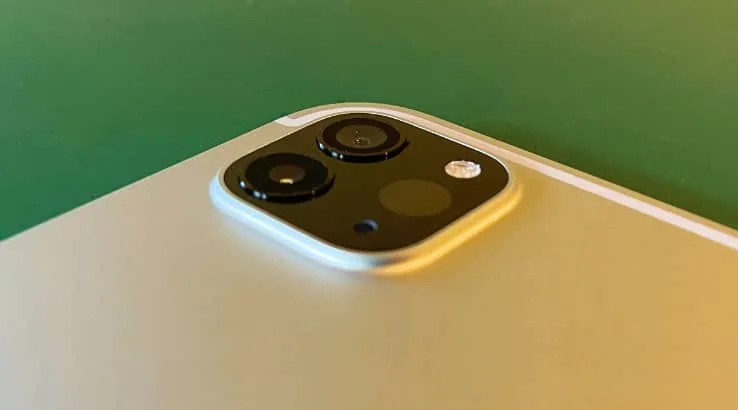
Apple differentiates its "Pro" iPads in the camera space with additional lenses, and for the Apple iPad Pro M1 11-inch that equates to standard 12MP wide and 10MP ultra-wide sensor at the back, paired up with a LIDAR sensor for depth and AR functions, along with a front-facing 12MP 122° ultrawide camera. It's a decent combination for a tablet, but if you're keen on your high-end photography, Apple would very clearly prefer it if you dropped the cash on an iPhone 12 Pro Max instead.
While they share the same camera optics, the Apple iPad Pro M1 11-inch is actually a slightly easier tablet to take shots with compared to the 12.9-inch model, for the simple reason that it's easier to hold an 11-inch tablet steady than it is a 12.9-inch one. You're not exactly blessed with standard shooting modes, limited to just photo, video, time lapse, slo-mo, portrait, square and panorama modes, mind you.
One notable caveat that's been part of the iPad Pro story for some time is that while you can take portrait shots, they're selfies only. It feels like a bit of a waste that the LIDAR sensor can't be pushed into service for even finer bokeh effects, frankly.
The big new feature that should appeal to the professional crowd looking to the Apple iPad Pro M1 11-inch as their effective replacement work laptop is what Apple calls "Center Stage". This uses the front-facing camera's very wide field of view, along with in-built machine learning to keep you or multiple subjects in frame during video conferencing calls. Naturally, Apple's own FaceTime is supported, but it's an open API that has already been rolled into the iPadOS versions of other video conferencing tools, most notably Zoom.
If you work hard enough you can "fool" Center Stage, but that's not the point. The idea here is more that if you are working from home or a remote office, you can move around while staying in frame, and multiple participants won't have to automatically cram around a smaller camera's field of view, either.
Performance
Performance
- M1 offers a huge upgrade in straight performance terms
- 5G, but only sub-6Ghz outside the USA
- iPadOS is the real brake on productivity
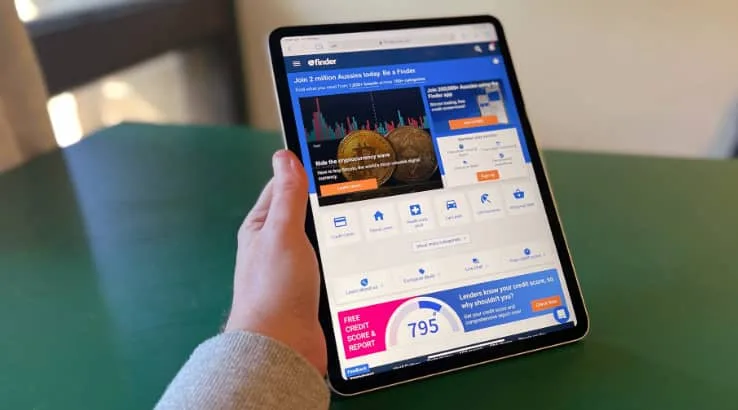
The iPad Pro line used to roll with specced-up versions of Apple's A-series processors as found in iPhones, but for 2021, it has shifted to what you could call Mac processors, using the same M1 system on a chip as found in the M1 MacBook Air, M1 MacBook Pro, M1 Mac Mini and M1 Apple iMac 24-inch.
That has some interesting effects, because it moves Apple towards its whole "Apple Silicon" future at a pace, while also upping not only processor expectations but also internal RAM, with 16GB on board the model tested. Naturally, it also puts the Apple iPad Pro M1 11-inch way ahead of its Android tablet competition, and on a par with many business laptops in a straight processing grunt sense. However, that's not always a comparison that's going to favour the Apple iPad Pro M1 11-inch and I'll explain why directly.
If you're a long-term iPad user, you're probably more keen to know how the Apple iPad Pro M1 11-inch compares against prior iPad models. To test that, I ran Geekbench 5's CPU test over it, as well as throwing in the M1-based MacBooks and iMac to give it that comparison against laptops. Here's how the Apple iPad Pro M1 11-inch compares:
That jump from the 2020 iPad Pro to the 2021 is pretty impressive, and it's equally interesting to see that while the 12.9-inch model has the nicer screen, it's actually not any faster than the 11-inch model at core productivity tasks.
However, there's a brake on performance for the Apple iPad Pro M1 11-inch that has little to do with hardware. Apple has put an engine with some serious torque under the hood, but it's limited by what you can and cannot do with iPadOS at the time of writing. Apple may well change that at an upcoming WWDC or in the future, but right now, while the Apple iPad Pro M1 11-inch is meant to be a "pro" grade tablet, complete with optional accessories such as the "Magic Keyboard" and Apple Pencil, it's still constrained in terms of multitasking by iPadOS. Yes, you can run multiple apps side by side, but that pales against how hard you can push the M1 on a comparable (or cheaper) M1-based Mac system. While the Pro line has been around for years now, there's noticeable gaps in the range of pro-grade apps available for the platform. Apple owns Final Cut Pro X, but there's no sign of it on iPad, and the same is true of Pro tools such as Adobe Premiere Pro or Adobe Audition.
The lowest cost models of the Apple iPad Pro M1 11-inch ship with Wi-Fi, with mobile broadband connectivity available if you buy the more expensive models. This year, Apple added 5G to the mix, but in the same irritating way it did with the iPhone 12 family. Buy an Apple iPad Pro M1 11-inch in the USA, and it will support faster mmWave and Sub-6Ghz 5G. Buy one in Australia, and you only get Sub-6Ghz 5G. While it's true that at launch there is no mmWave 5G in Australia, the relevant spectrum has been auctioned off and we will see live, consumer-facing mmWave in Australia in 2021. For a business tablet that you'd want to keep for years to come, it feels short sighted at the consumer level for Apple to work this way, although it almost certainly also means it will make more profit that way.
Battery life
Battery life
- Is 10 hours of battery life 'Pro' grade?
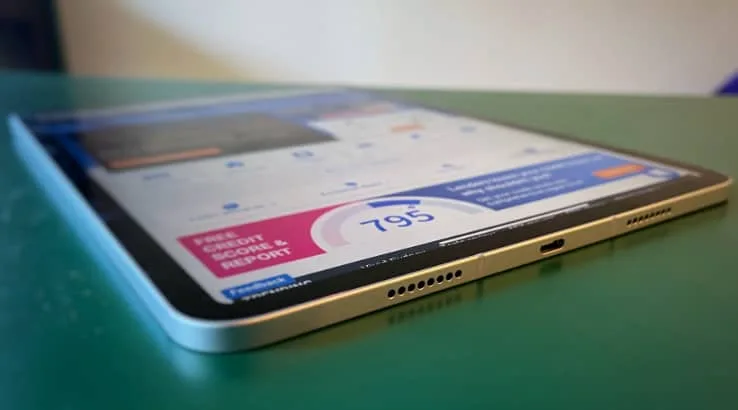
Apple has largely stuck to the same story in terms of battery life for iPads for years now. They'll last "up to" 10 hours, according to Apple most of the time, and that's the exact figure it touts for both models of iPad Pro this year.
Is that achievable, given it's an "up to" figure? It can be, and as always it depends on your workload. On days where I pushed more processor-intensive activities towards the Apple iPad Pro M1 11-inch, I could exhaust it before that timespan, but on others it would manage that without fuss. If you're coming and going from your iPad over the day, it's not as though it's going to conk out precisely 10 hours later, either.
Where this is perhaps problematic is against other "pro" grade productivity solutions in the market, many of which claim – and back up – battery lives double or more of that of the Apple iPad Pro M1 11-inch. Even Apple's own MacBook lines advertise up to 17 hours of battery life, and some of those can match the Apple iPad Pro M1 11-inch for performance while doing so at a lower price point.
You're also somewhat constrained by Apple's charging solution. It's considerably easier now that it's USB C based, because you can try to charge from more devices and chargers, although not all of them, but while you're adding power, you can't add any other peripheral in the chain, because there's only a single port to deal with. Even the humble MacBook Air has two.
Should you buy the Apple iPad Pro M1 11-inch?
- Buy it if you want a fast and powerful portable business tablet.
- Don't buy it if you want proper multitasking or longer battery life.
Like the 12.9-inch Apple iPad Pro, the Apple iPad Pro M1 11-inch is a real standout device. There's simply nothing like it in power terms in tablet right now, and Apple's lead in this space feels insurmountable at this point in time.
However, there's also no getting around the fact that the Apple iPad Pro M1 11-inch is the "lesser" tablet in screen technology terms, while simultaneously hitting price points that put the MacBook Air and MacBook Pro into the frame. That's especially true if you add the cost of the Magic Keyboard into the equation.
All of those solutions still put money into Apple's coffers, of course, but for a Pro grade solution, it's not hard to see the Macs as the more flexible and ultimately more powerful options for most users. There's solidly a niche of users who will find the Apple iPad Pro M1 11-inch a better solution for portability or Apple Pencil-related reasons, but that's a subset of buyers. For most folks, you'd do well to at least compare and think hard about your options in M1-based Apple devices.
Pricing and availability

Specifications
General
Connectivity
Storage
Miscellaneous
Images: Alex Kidman
More Finder reviews
- Apple HomePod 2nd Gen review: Yes, it’s better
- Creality Ender-3 S1 Pro Review: Plenty of creative potential, but you’ll need patience too
- Apple Mac Mini M2 Pro review: A tale of two computers
- Apple MacBook Pro M2 Max 16-inch review: Next-level power
- HTC Vive XR Elite: Is this the perfect mix of Flow and Pro?





